Hermitage cats, the faithful and friendly guardians of the museum since the time of Peter the Great
"Caution, crossing cats!" a bizarre and unusual sign even if one were to find it along the roadway of a highway or bypass. However, the triangle indicating danger depicting a stylized black cat cautiously crossing crosswalks is found in one of the largest and most important museums in the world: at the Hermitage in St. Petersburg. The latter houses splendid masterpieces of international art, mostly Italian, French, Spanish, Flemish, and Dutch, which are admired by numerous visitors every year. To give a few examples, one could cite works by Caravaggio, Raphael, Titian, Leonardo,Tiepolo, Tintoretto, Perugino, Monet, Renoir, Gauguin, Cézanne,Pissarro, Matisse, Rembrandt, Van Gogh, Rubens, Van Dyck, Velázquez,and many others. Paintings subject to deterioration caused by time, as is usually the case in all museums around the world, but not only that--also to the indiscreet action of mice.
Yes, the little rodents have infested the famous Russian building from the very beginning, ever since Tsar Peter the Great, founder of the city of St. Petersburg, arrived from Holland to what is now the Winter Palace in the company of a cat named Basil:the latter was in charge of chasing mice out of the building; in addition, the tsar issued an order that cats be kept in barns to avoid the unfortunate intrusion of mice. In 1747 it was Empress Elizabeth, daughter of Peter the Great, who decided to house an entire colony of cats entrusted with the delicate task of rat and mouse hunters. To this end, numerous Carthusian cats arrived from Kazan ’, which the empress welcomed in the dungeons and corridors of the palace: an idea that proved successful, so much so that she decided to keep the cats in the building for this purpose. Under Catherine the Great, wife of Peter III of Russia, the one who founded the art museum in 1764, there was even a distinction between house cats and court cats, whereby the latter had the privilege and “duty” of walking freely in the palace’s sumptuous halls, causing any guests to flee away from the fine works and decorations that adorned it.
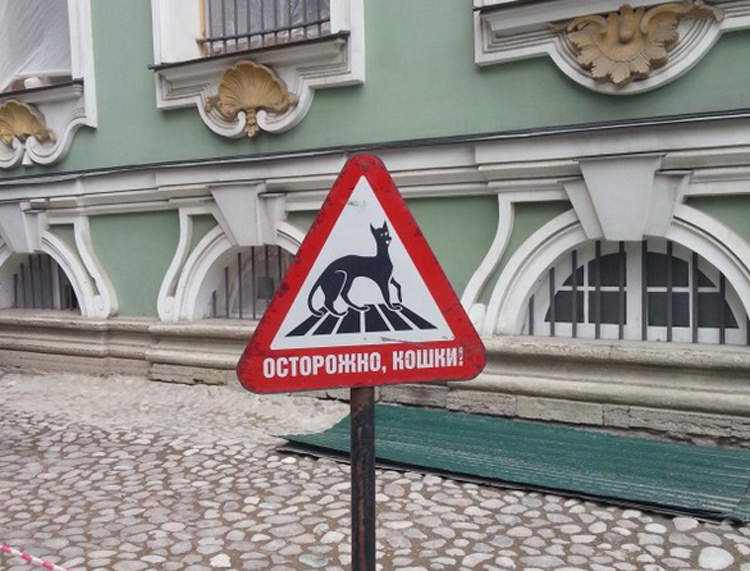 |
| The sign Attention Cats! |
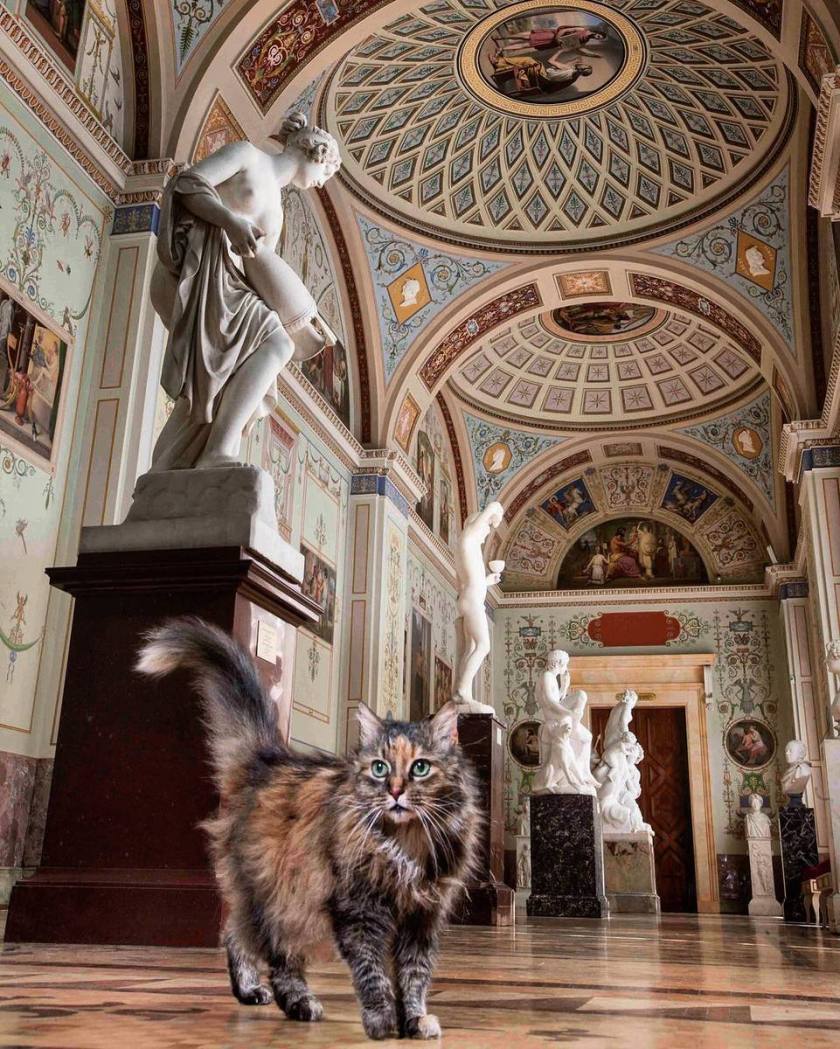 |
| Cat of the Hermitage in St. Petersburg |
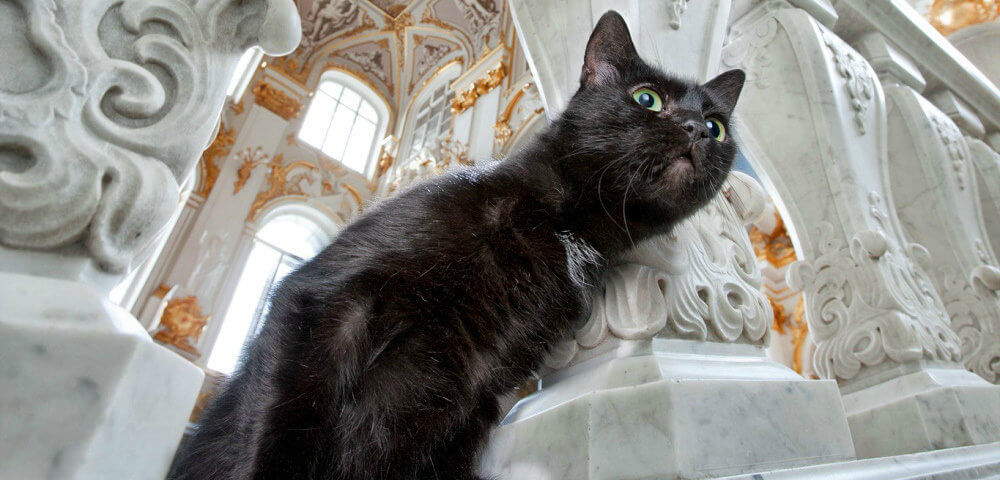 |
| Cat of the Hermitage in St. Petersburg |
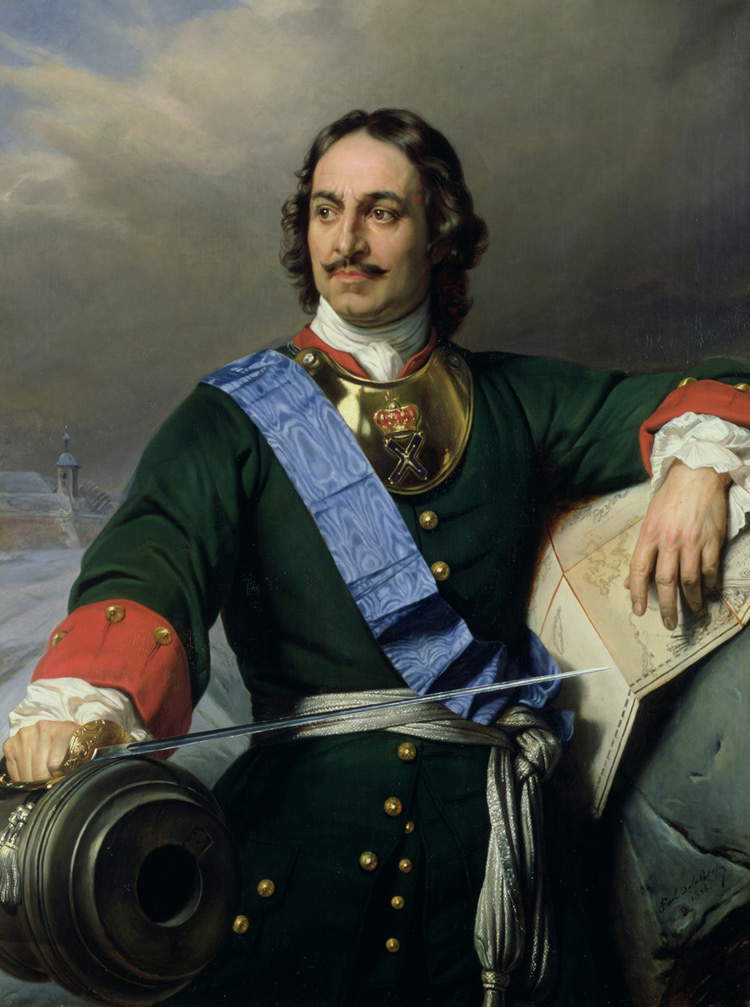 |
| Hyppolite Delaroche, Posthumous Portrait of Peter the Great (1838; oil on canvas, 130.6 x 97 cm; Hamburg, Kunsthalle) |
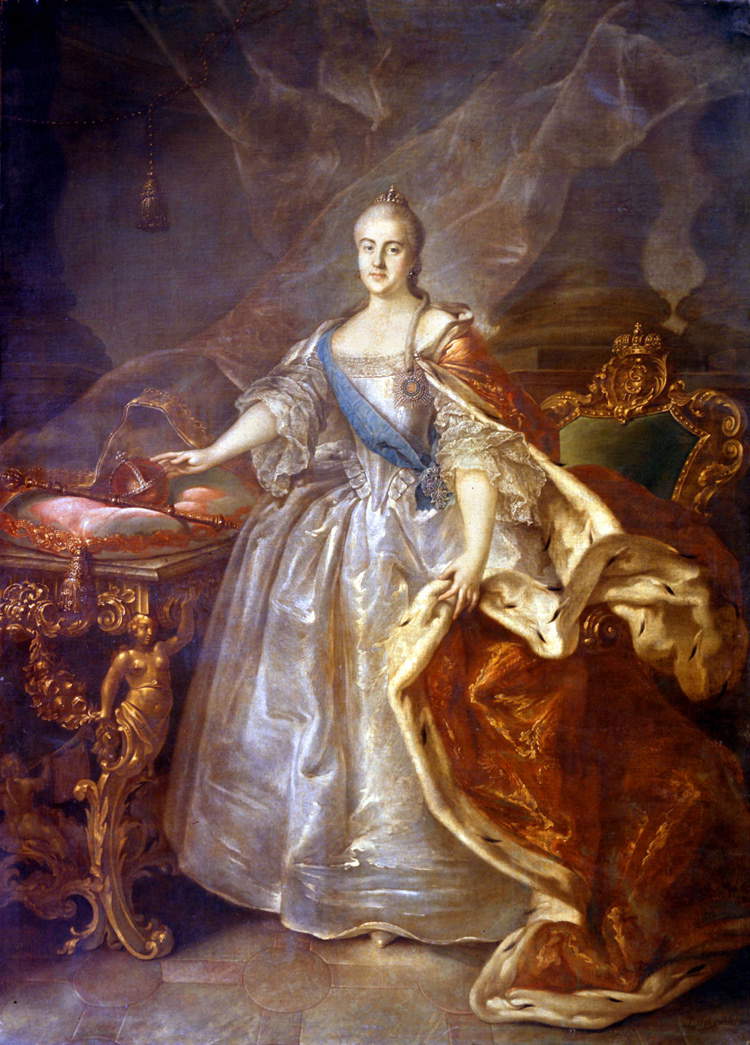 |
| Ivan Argunov, Portrait of Catherine the Great (1762; oil on canvas, 245 x 176 cm; St. Petersburg, Russian Museum) |
The Winter Palace stands today as one of the buildings of which the Hermitage Museum consists: in addition to this, the Great Hermitage, the Little Hermitage, the New Hermitage and the Hermitage Theater. It is the first residence of the tsars, beginning with Peter the Great, and the Romanovs resided there until the outbreak of the October Revolution in 1917. A marvelous example of Baroque art in Russia, the Winter Palace stands dominantly on the square and overlooks the Neva River; the building has 1786 rooms and nearly two thousand windows. To visit the Hermitage Museum today is to step into the halls and galleries that were once traversed every day by its inhabitants: tsars and tsarines who ascended and descended what is now the Ambassadors’ Staircase to reach the Pavilion Hall, the most opulent of all, with columns, fountains, and glittering chandeliers; from this they could enjoy an excellent view of the Neva River and also of the hanging garden inside the palace. They passed through the Hall of Twenty Columns, the great library, the Hall of Jupiter, which now houses sculptures, including the Venus of Tauride, an original from the Hellenistic period found in the Roman forums and purchased by Peter the Great; and also the boudoir and chapel, as well as the throne room of Peter the Great, as well as today’s St. George’s Hall, which today is adorned with Carrara marble columns and gilded bronze pieces, the White Room, the Field Marshal’s Hall, and the galleries that today hold artistic masterpieces, such as Cupid and Psyche and Antonio Canova’s The Three Graces. Not to forget Raphael’s splendid Loggia.
All these sumptuous and finely decorated rooms were therefore also home to many cats, which, in addition to being pampered by their wealthy owners, served the function of mouse hunters, so that if a mouse or rat even tried to get close to the furnishings and works of art in the building, it would run away with its paws off lest it end up in the cats’ clutches.
Coexistence between the cats and their wealthy masters lasted happily for a long time. Only at one difficult moment in history did the felines disappear from the Hermitage: during World War II, when St. Petersburg, then called Leningrad, was under siege. At that time, the population of the Russian city found itself without enough food for sustenance and therefore, for lack of anything else, had to feed even on the cats that remained in the city--even those that lived inside today’s museum. Once the hard and sad period of the war was over, cats returned to populate the city and the halls of the Hermitage.
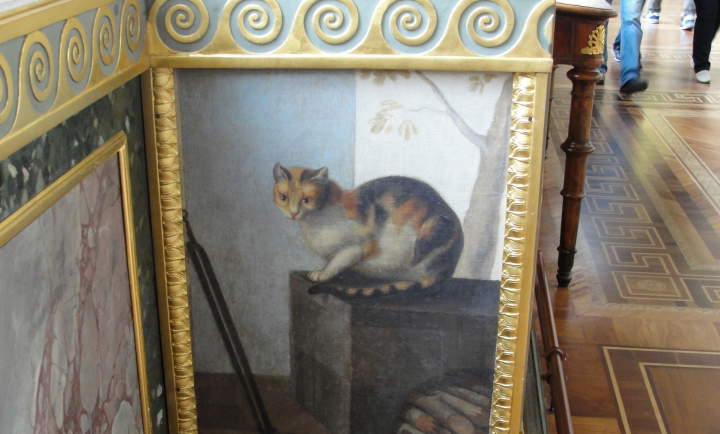 |
| At the Hermitage, cats are even painted on the walls. Ph. credit RachelH via Flickr |
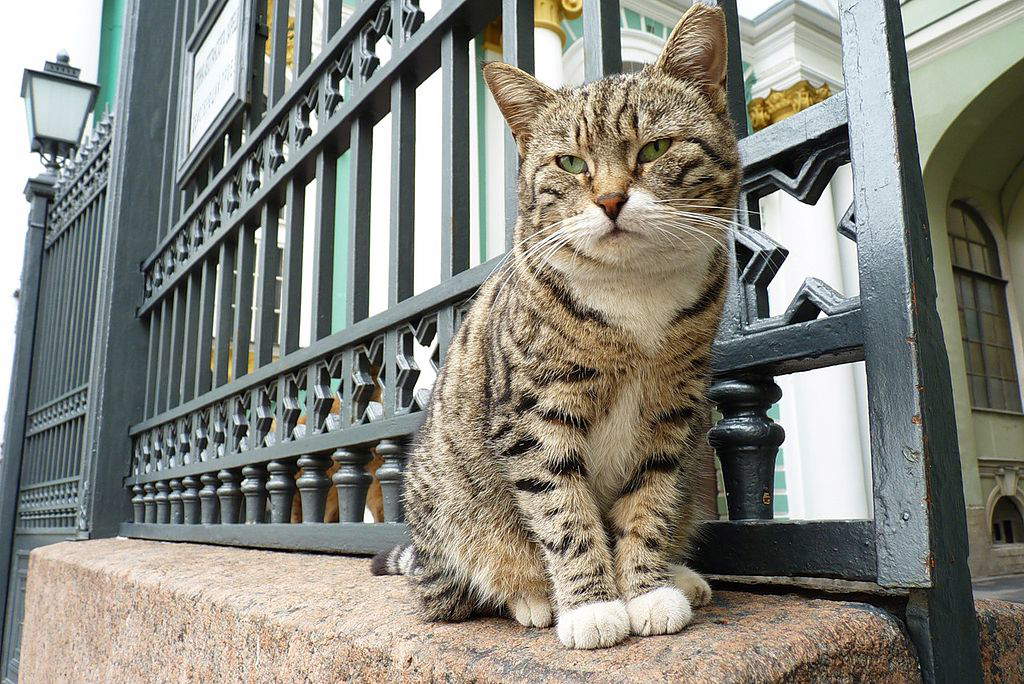 |
| Cat at the Hermitage in St. Petersburg |
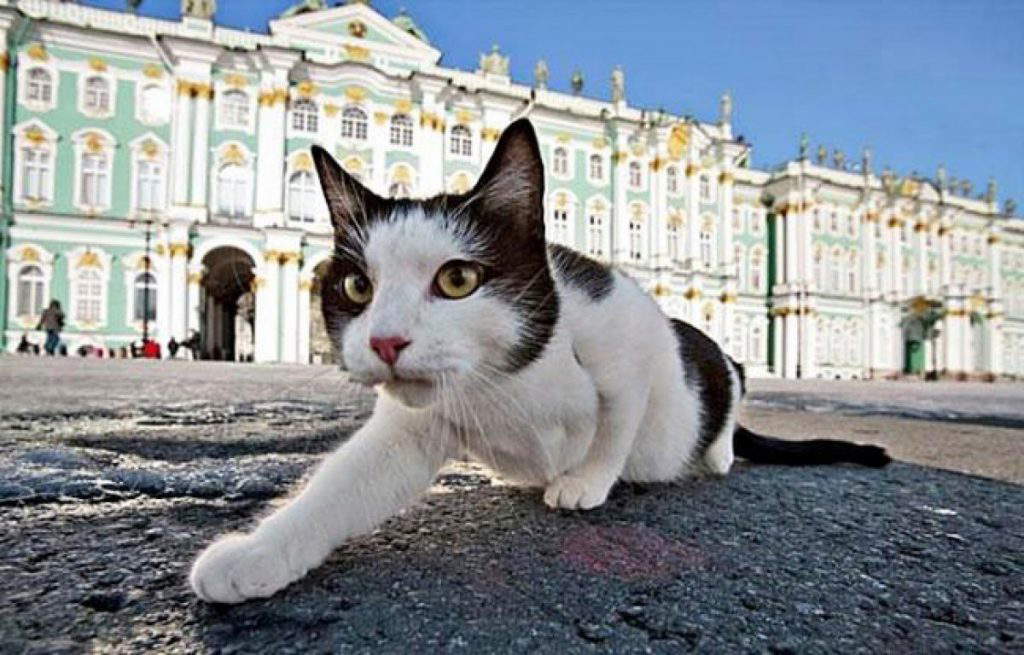 |
| Cat at the Hermitage in St. Petersburg |
Today, the four-legged inhabitants no longer stroll undisturbed and quietly in the rooms where visitors admire the museum’s art masterpieces and magnificent halls, but their permanent home is in the basement and storage rooms below. Here scratching posts, blankets, bowls and baskets placed next to heating pipes furnish the “apartments” of the felines, who, thanks to daily care and attention provided by volunteers, stay comfortably and lovingly even now, carrying on the tradition.
A total of about seventy cats live here today, and each even has its own passport; thanks to Maria Haltunen, assistant to the director of the St. Petersburg museum, the kitties constantly receive necessary food and care, as she has been running the dedicated “A ruble for a cat” campaign since 1995 : the funds raised are earmarked for this purpose. One of these four-legged friends is Achilles, a white, deaf cat who became famous for predicting some national soccer team victories during the 2018 World Cup: his choice to decree the winning team was made by eating from one or the other bowl, depending on the color of the latter, decorated with the flag of the corresponding team.
Every year, to celebrate the Hermitage’s now-famous cats, "Cat Day" is organized on March 28: during the entire day, visitors, the vast majority of whom are children, participate in games, competitions and various initiatives organized in the feline apartments, i.e. the museum’s basement, paying a special ticket. An annual event marked by happiness between children and animals that celebrates the Hermitage’s well-established bond with its ancient and trusted guardians.
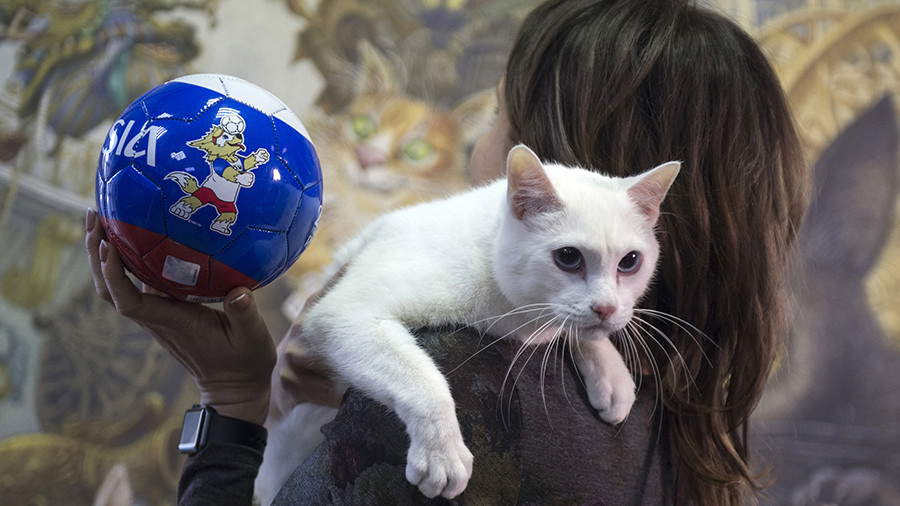 |
| The cat Achilles |
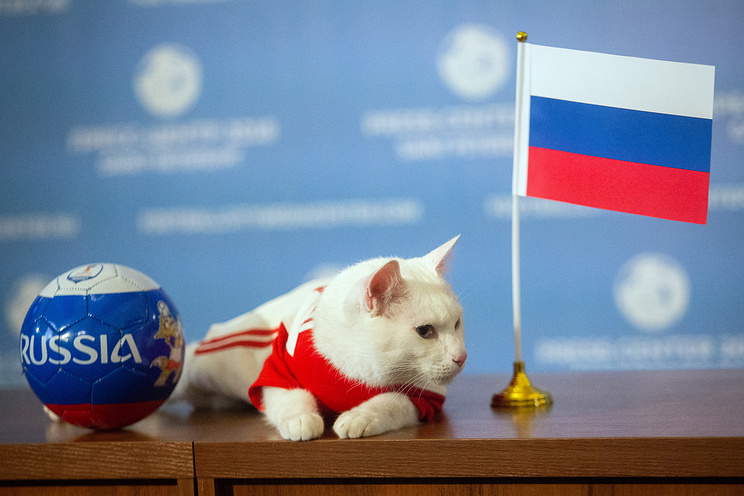 |
| The cat Achilles. Ph. Credit TASS Agency |
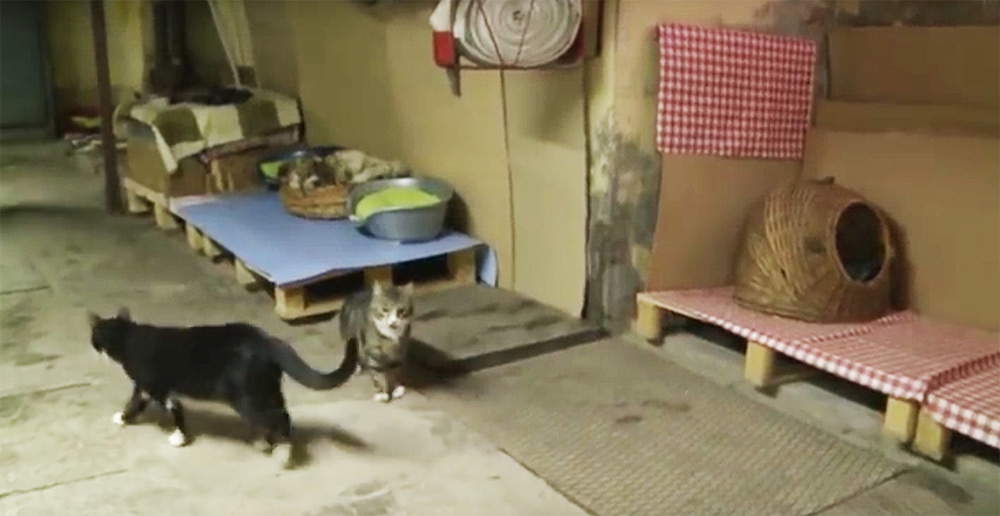 |
| Cats in their underground apartments. Credit CBC Moscow |
Warning: the translation into English of the original Italian article was created using automatic tools. We undertake to review all articles, but we do not guarantee the total absence of inaccuracies in the translation due to the program. You can find the original by clicking on the ITA button. If you find any mistake,please contact us.





























